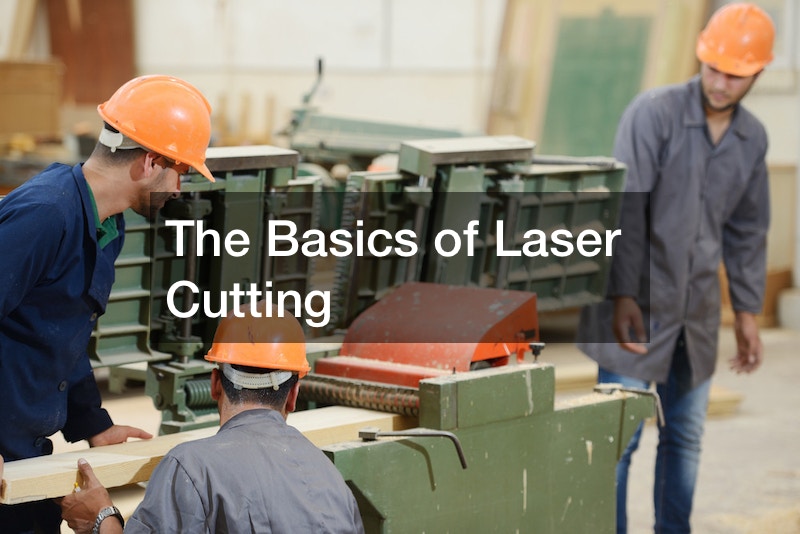
The Basics of Laser Cutting

In the video above, the reporter delves into the intricacies of laser cutting non-metallic materials like acrylic and wood using Trotec CO2 lasers. Using a laser is a precise and efficient thermal separation technique that eliminates the need for subsequent reworking. The reporter begins with conceptualizing the design and its intended material and geometry.
Using vector-based software like CorelDraw, the design is created and then seamlessly transmitted to the laser cutter.
Once the material, like an acrylic plate, is placed on the processing table, the cutting process begins with a simple press of the start button. Remarkably, there’s no need to clamp the equipment or modify the device settings. The laser serves as an all-in-one tool. Upon completion of the laser process, the finished workpiece can be removed without requiring additional refinishing. The laser’s precision becomes evident as it follows the vector image, engraving or cutting the design based on the intensity of the laser beam. Lower power settings result in engraving, while higher power effortlessly cuts through the material.
Furthermore, cutting acrylic generates flame-polished edges without additional post-processing. Moreover, the versatility of laser etching extends beyond acrylic and wood, encompassing various materials like laminates, films, signs, paper, and more. This technology exemplifies efficiency, speed, and precision in creating intricate designs and precise cuts across an array of non-metallic materials.





